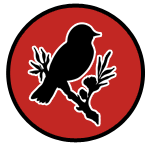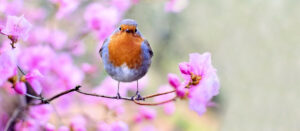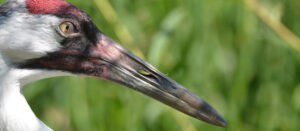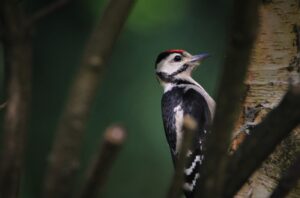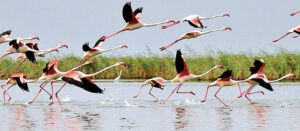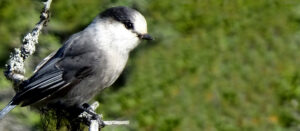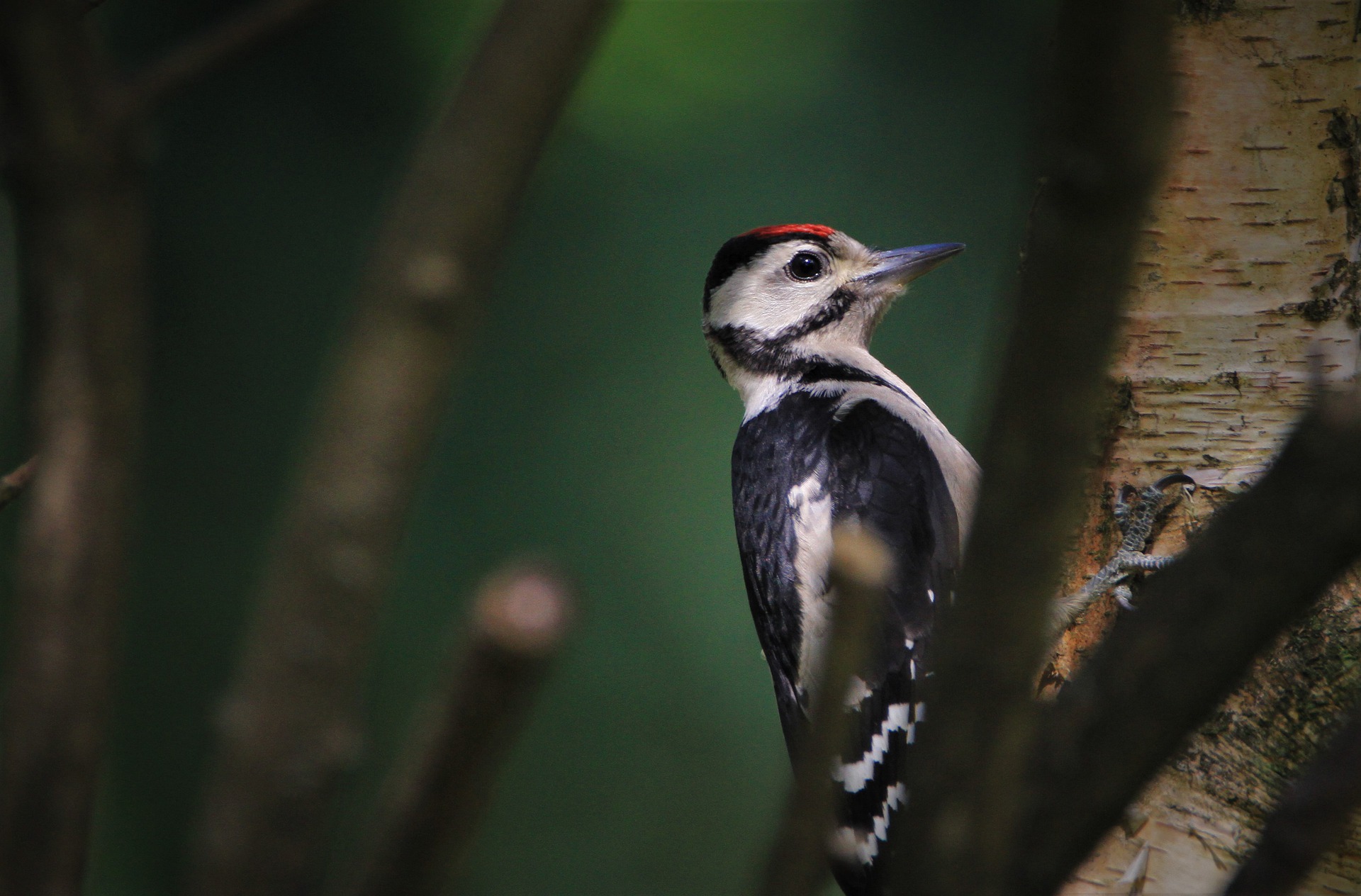
Here are the 10 tips to watch more birds and enjoy your bird sightings –
1. Hush up –
Birds are easily surprised by clear commotions and will escape to cover. It is beyond difficult to sneak up a bird. Since birds hear obviously superior to people do. By limiting commotion, you can draw much nearer to a bird. The mind-boggling temptation, when seeing a particularly thrilling bird, is to shout: “Amazing! Check out THAT! IT’S RIGHT OVER THERE!”
Bird watchers learn before long that a similar message can be murmured. The outcome is that the bird is bound to stay so that everybody might be able to see, for a long and relaxed look.
2. Avoid abrupt developments –
Similarly as noisy commotions surprise birds, so does abrupt development. Drawing near to a bird implies following it, moving gradually and purposely. Unexpected, jerky development, in any event, when swinging your optics up to your eyes. Can make a bird adequately apprehensive enough to take off. The nearer you are to a bird, the more leisurely and unobtrusively you should move.
3. Follow the group –
One of the best bird watching tips is ‘follow the group’. In the nonbreeding season (the cold weather for a very long time in the vast majority of North America) numerous little larks join runs of blended species. That is both for assurance and to make finding food simpler. Regularly these herds are generally quiet, however there will quite often be a couple of birds settling on decision notes. Following a solitary calling bird will frequently lead you to a bigger group. In fall, a solitary chip note from high in the trees might flag the presence of twelve or so songbirds. In winter a leak sound from down in the brush might imply that at least 20 sparrows, towhees, cardinals, and other seed eaters are available. Following a lone chick-a-dee-dee call might lead you to a blended herd of chickadees, titmice, nuthatches, kinglets, and woodpeckers.
4. Concentrate on environment and habitat –
Each bird is uncommonly adjusted to a specific natural surroundings. Meadowlarks incline toward enormous open fields, woodpeckers need trees, sparrows favor bushes. What you see will depend in enormous part on where you look.
5. Work the flocks –
Your shot at observing a strange bird is far more noteworthy in a herd. Since you have more birds to take a look at. Banding studies have shown that when you think you have ten chickadees in your yard, there are presumably 20. And when you think you have seen every one of the 20 sparrows in the brush heap, there are likely 20 more.
6. Show restraint –
A sparrow jumping around in a shrubbery will ultimately move into where you can get a decent look. Bird watching is frequently about being patient and trusting that the birds will show themselves.
7. Getting the sun at your back –
It is unimaginable, however moving 100% of the time around so the sun is behind you. This will make it a lot more straightforward to see and distinguish birds. When the bird is among you and the sun, shading vanishes, and the bird you are attempting to recognize might be only a dark outline.
8. Try pishing –
Regardless of how tolerant you are, regardless of how leisurely and discreetly you move. You just can’t get a decent look at the bird. At the point when this occurs, bird watchers attempt a strategy called pishing. Pishing includes making little, noisy clamors by kissing the rear of your hand. Or making a low whistled pish by blowing air through your shut teeth. Little birds are drawn to such sounds and will regularly fly into view to explore. This is the way to pish: Clench your teeth, open your lips and murmur the word pish.
9. Avoid brilliantly hued garments –
Many birds have helpless shading vision, yet brilliant garments, similar to whites, will stand out from the general climate and improve the presence of development. Wear hazier shadings or earth tones to mix out of the spotlight. There is no proof that real disguise clothing works better compared to impartial, dull apparel.
10. Glance around –
Many bird watchers, zeroed in on the herd in the shrubbery, neglect to check out different natural surroundings around them. Specifically, they neglect to gaze upward and accordingly miss the group of geese or the taking off peddle. Or on the other hand, while concentrating on the ducks on the lake, uninformed bird watchers might disregard the herd of kinglets in the trees behind them. And thus miss seeing another bird.
